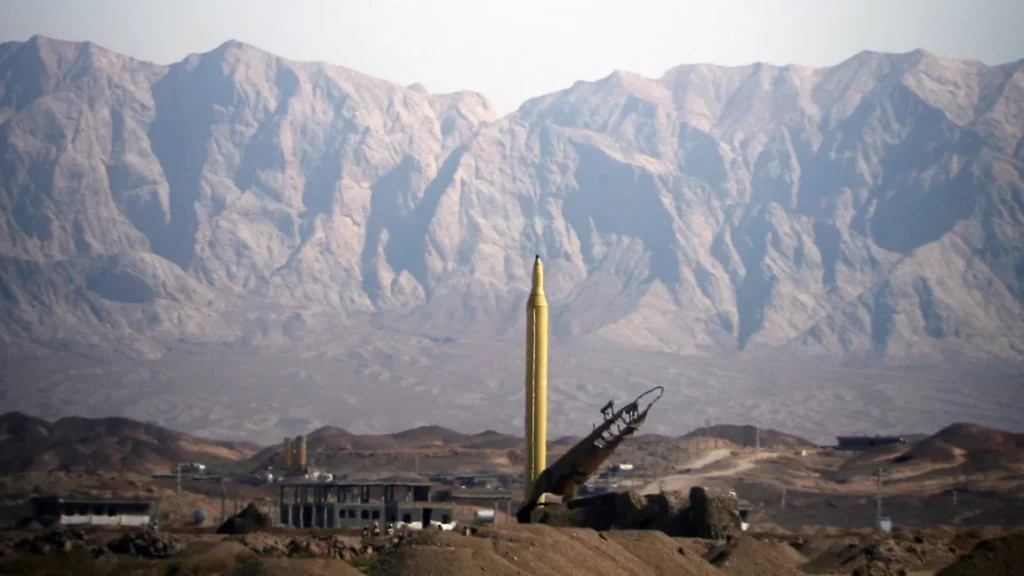Iran’s Missile Arsenal and Israel’s Defense Systems
Iran’s missile capabilities are central to the escalating tensions in the Middle East, as demonstrated by the largest missile attack on Israel to date. Late Tuesday, Iran launched 180 ballistic missiles towards Israel. While many were intercepted by advanced missile defense systems, the sheer scale of the assault marks a critical moment in the ongoing conflict.

Iran’s Missile Arsenal
Iran has a vast and evolving missile program, with reports suggesting the country possesses over 3,000 ballistic missiles. Among these, the Shahab-3, Emad, and Ghadr missiles are key players in Iran’s medium-range ballistic missile arsenal. The Shahab-3, for example, can carry a warhead weighing up to 1,200 kilograms and hit targets up to 1,200 kilometers away.
Another missile of note is the Fattah-1, which Tehran claims is “hypersonic,” meaning it can travel at speeds five times faster than sound. However, experts clarify that while ballistic missiles like the Fattah-1 reach hypersonic speeds, they do not fall under the category of advanced hypersonic glide vehicles, which are much harder to intercept due to their maneuverability.

Tuesday’s attack also mentioned a new Fattah-2 missile, boasting improved speed and in-flight maneuverability, potentially making it more difficult to intercept. The missile’s hypersonic glide vehicle (HGV) allows it to evade air defenses during part of its flight, but experts are skeptical about its operational use.
Israel’s Missile Defense Systems
Israel has a multi-layered defense system capable of addressing a range of aerial threats, from short-range rockets to long-range ballistic missiles. The well-known Iron Dome system is highly effective against short-range rockets and artillery, but for the ballistic missile threat posed by Iran, more advanced systems come into play.
The David’s Sling system, designed for medium-range threats, and the Arrow 2 and Arrow 3 systems, which target ballistic missiles in space and as they reenter the atmosphere, were likely used in Tuesday’s defense. The Arrow systems, jointly developed with the U.S., use a mix of fragmentation warheads and hit-to-kill technology to neutralize incoming missiles.

During the recent attack, the U.S. also played a critical role by launching anti-missile interceptors from Navy destroyers in the Mediterranean Sea, equipped with the Aegis ballistic missile defense system. Jordan, too, intercepted a number of missiles, further contributing to regional defense efforts.
While Iran’s missile arsenal remains a formidable threat, Israel’s advanced defense systems, bolstered by U.S. support, are proving to be a powerful deterrent.